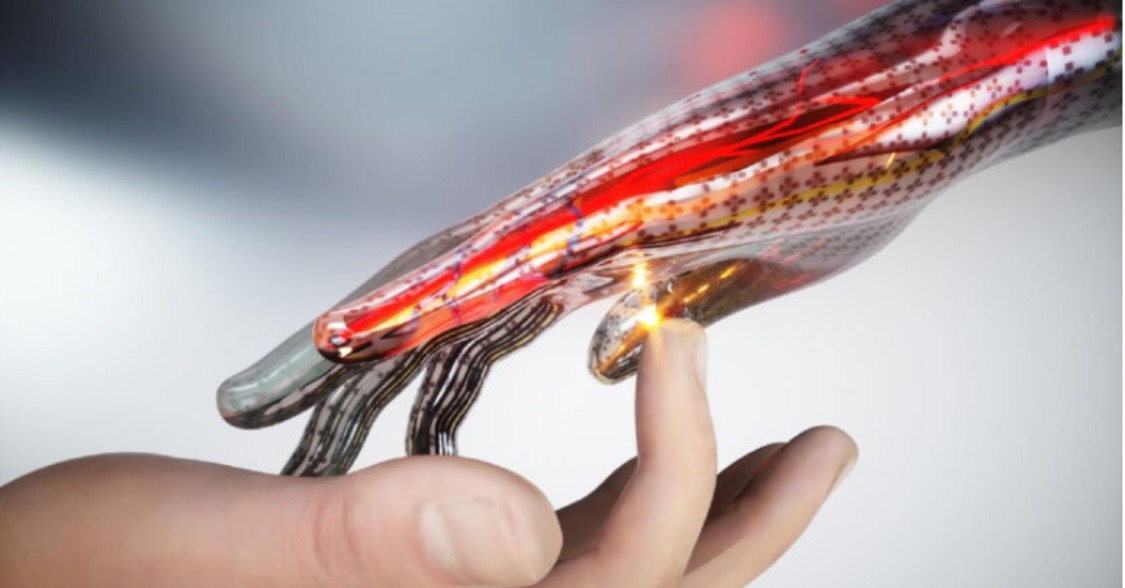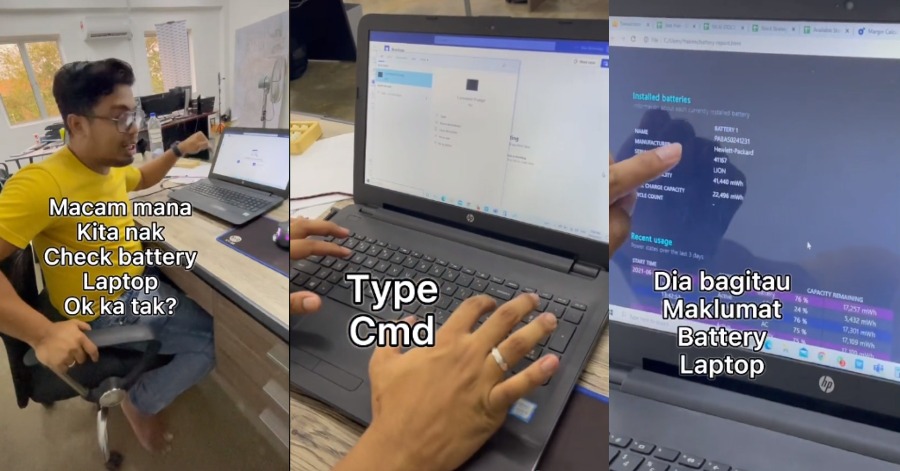It is the first of its kind, the creation sends instantaneous signals to the brain in responses to painful sensations which operates just like the human’s skin. A prototype was developed by researchers at RMIT University in Melbourne, Australia, and has been described as ‘a significant advance towards next-generation biomedical technologies and also intelligent robotics that can help millions of people in the future’.

Madhu, Bhaskaran, lead researcher, said, “Skin is our body’s largest sensory organ, with complex features designed to send rapid-fire warning signals when anything hurts. We’re sensing things all the time through the skin but our pain response only kicks in at a certain point, like when we touch something too hot or too sharp.”
“No electronic technologies have been able to realistically mimic that very human feeling of pain – until now. Our artificial skin reacts instantly when pressure, heat, or cold reach a painful threshold. It’s a critical step forward in the future development of the sophisticated feedback systems that we need to deliver truly smart prosthetics and intelligent robotics,” she added.

Three different prototypes have been developed by the team at RMIT University using stretchable electronics. These are a group of technologies for building electronic circuits by depositing or embedding electronic circuits onto stretchable substrates such as silicones or polyurethanes.
The prototype doesn’t just respond to pain, also responds to changes in temperature and pressure. delivering key features of the skin’s sensing capability in electronic form and making it even more realistic.

Back in 2017, professor Bhaskaran won The Eureka Prize for her innovative creation prior to further developing the electronic skin to sense pain. The ‘skin’ is a combination of brittle oxide coatings, like the touchscreen on your smartphone, with soft silicone rubber.
According to her win three years ago, she said, “As an RMIT researcher, every day you strive to shape a better world by delivering innovations that benefit Australian and international communities. My work on stretchable oxides carries clear environmental, health, and community benefits.”
Professor Bhaskaran’s hopes that soon, the electric skin will go on to replace skin grafts where a traditional approach might not be feasible.
She said, “We need further development to integrate this technology into biomedical applications but the fundamentals – biocompatibility, skin-like stretchability – are already there.”
These electronic skins could really be changing the prosthetics world and be a real breakthrough in high-tech alternatives to skin grafts.
Source: Unilad









Leave a Comment